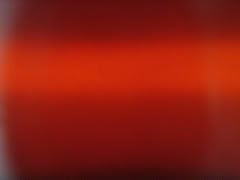Same as Last TIme
On Tuesday of last week (February 7, 2006) I harvested more honey. It ended up being the same amount as the last harvest in October due to some changes I made in the last minute. I decided to leave that second super full of honey for the bees given they appered to be "digging into it" for their own needs. I figured that I might as well leave that on untill the Jacaranda trees start blooming in mid March or so. I'll probably beging treating them soon for Varroa and innoculating them against American and European Foulbrood...basicly, most anything bad that is present of may present itself later in the year. The honey is much darker than the crop I got earlier. When held up to the light it has a redish amber color but, when not held to the light it apears black and one cannot see through it. There was a fair bit of pollen in the frames and think that may account for some of the darkness in the honey. Given the time of year the honey was stored and it's color I'm inclined to beleive that it is predominantly Gallberry. This time I fed the honey from the cappings back to the bees so I probably saved them about a quart of honey. Since I disturbed them so many times in one week (inspection sunday...removal of honey supers Tuesday...replacement of honey supers Wednesday) I decided not to do an inspection this weekend.

Here is some of the honey just to show you how dark it is.

Here is a picture showing the color of the honey when held up to the light.
All in all it was a successfull harvest...I cut the time in half compared to last time. I finished extraction and cleaned up in about 3 hours!